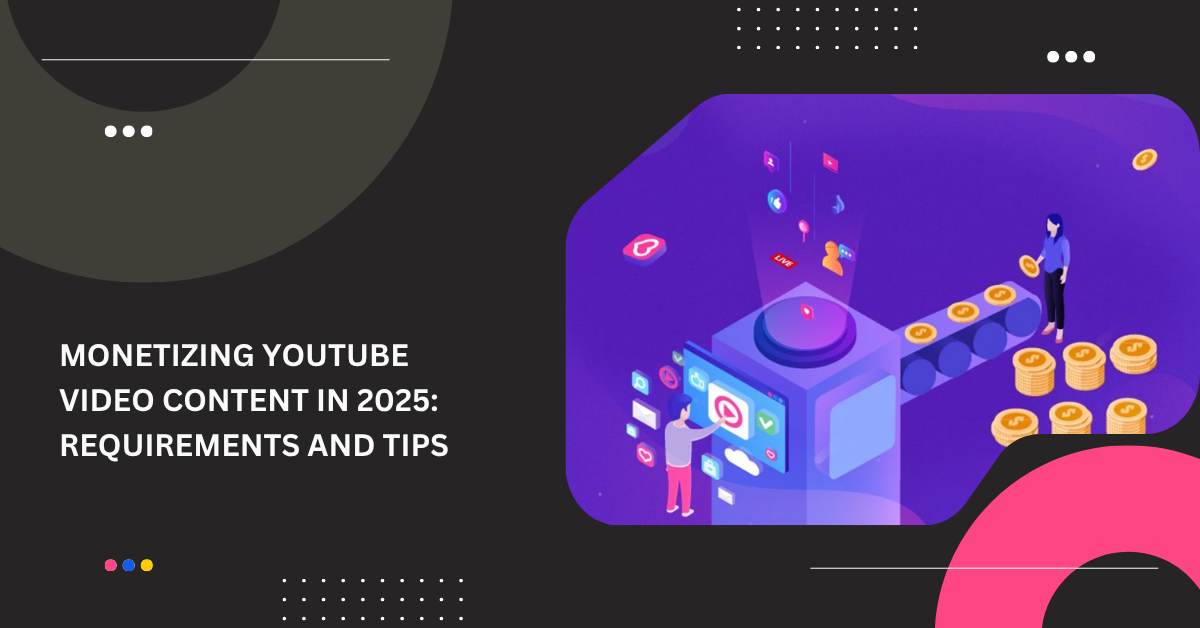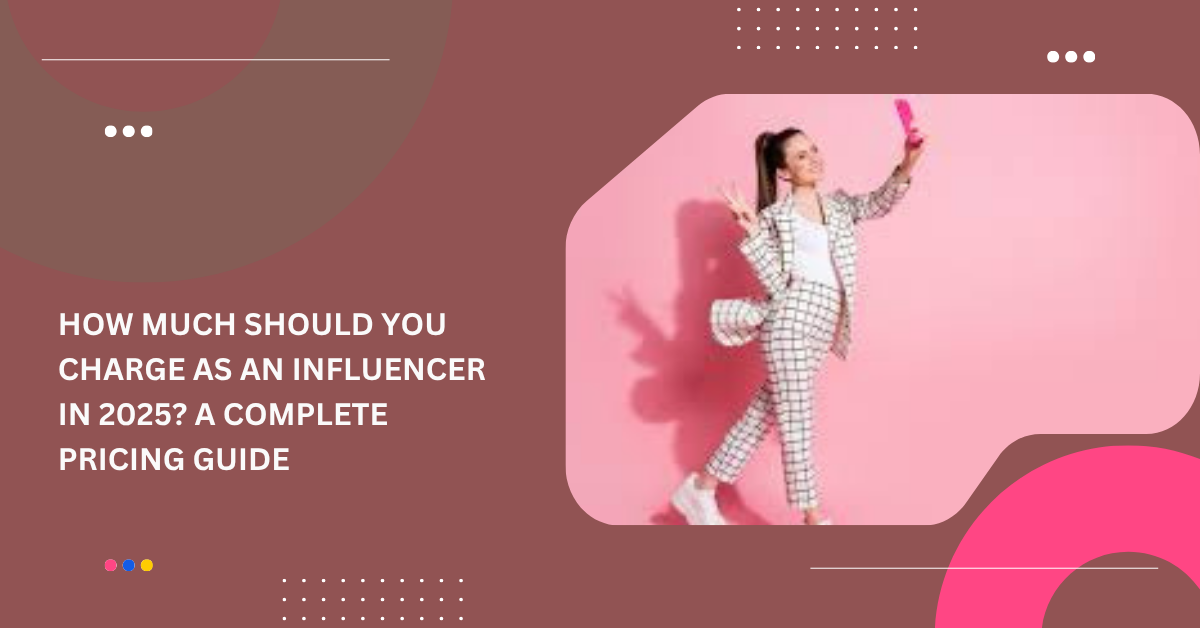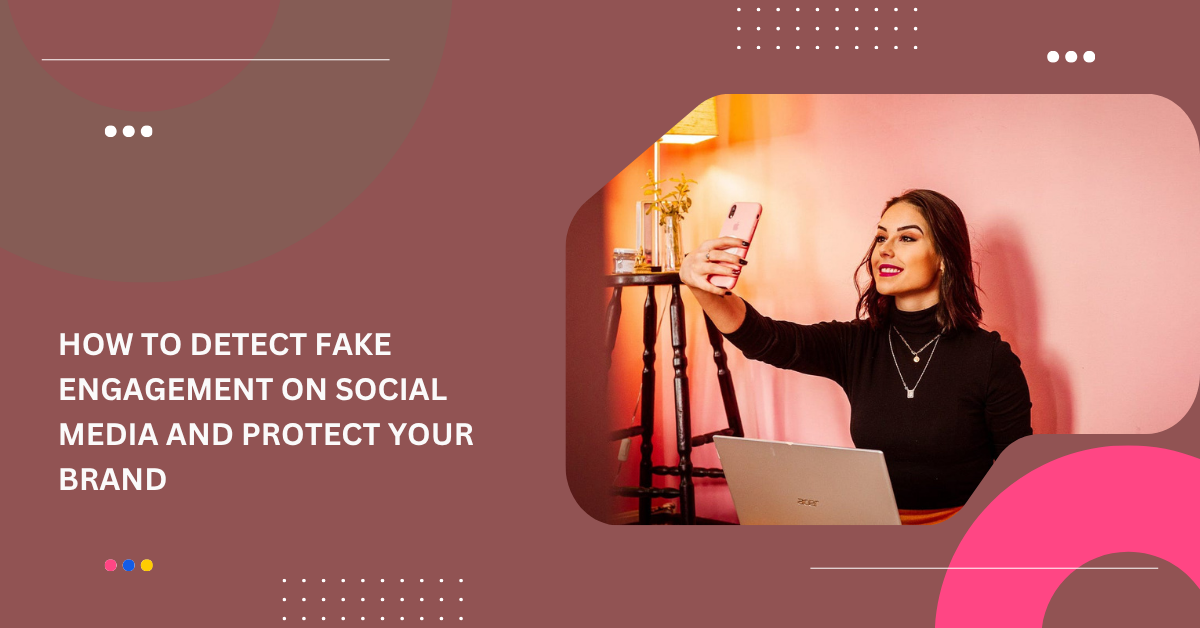There is a difference between artists who are viewed as casual creators and those who are viewed as professional business partners in the world of social media. The number of followers does not draw that line. What decides it is a media kit, which is a single document that draws it. Saying “Hey, I’d love to collab” in a direct message could result in a free product. But a polished media kit and a professional pitch email are what land you a huge deal. This document serves as a combination of your business card, resume, and most effective collaborations. Let’s see how to get there in this blog.
What is an Influencer Media Kit and Why is it Non-Negotiable?
An influencer media kit is a digital document that showcases you and your brand to potential partners. It’s a quick view of your value, providing brands with everything they need to know to make a fast, informed decision about working with you. In a world where hundreds of pitches are sent to brand managers every week, your media kit serves three vital purposes:
- Shows Professionalism: It demonstrates that you are ready to interact on a professional level and that you take your business seriously. They save time since all of their first inquiries are addressed in a single, packaged manner, which makes it very simple for them to say yes or no.
- Gives You Control Over the Story: It enables you to emphasize your greatest work, draw attention to your talent and your style, and most importantly, communicate your value.
- Let’s You Control the Narrative: It allows you to highlight your strengths, showcase your best work, and frame your value as powerfully as possible.
The Anatomy of a Media Kit
An influencer media kit should be a concise, visually appealing document, typically consisting of two to four pages. Here’s exactly what you need to include.
1. A Powerful Introduction and Bio
- Things to Include: This is the first impression. Tell brands your story, not just your name. Start with a high-quality, professional headshot. A brief but captivating bio that explains who you are, what your work is all about, your “why,” and the value you provide to your audience.
- Tip: Your bio should subtly answer a brand’s question like “Why should my target customer listen to you?”
2. Key Performance Metrics (The Numbers That Matter)
- Things to include: Brands need data, but not just popularity metrics. Provide follower counts across all relevant platforms. Your engagement Rate is your most powerful statistic. Calculate it and provide it appropriately. An engagement rate above 2-3% is considered excellent. Contracts for YouTube influencers and other platforms are given based on reach and Impressions, so mentioning your average reach and impressions per post/story will give brands a great idea about your impressions.
- Tip: If you have a smaller following but a sky-high engagement rate, make that the hero of this section. It proves you have a deeply connected and valuable niche audience.
3. Audience Demographics
- Things to include: This is all about “Who You Influence”; contracts for Instagram influencers and creators of other platforms aren’t given because brands are buying your influence; they are buying access to your audience. You need to show them it’s the right fit. Get this data from your platform’s built-in analytics and provide age Range & Gender Split of your account’s reach, and also the top countries & cities that watch your content.
- Tip: If your audience is a perfect match for the brand you’re pitching, mention it directly in your email. “I noticed your key demographic is men 25-34 in metro cities; as you’ll see in my media kit, this represents over 60% of my dedicated audience.”
4. Past Collaborations and Testimonials
- Things to include: Show, don’t just tell. Add a visually appealing section in your influencer media kit with the logos of brands you’ve worked with. Include 1-2 screenshots of your best-performing sponsored content, along with key stats like, “This Reel for Brand X reached 500k views and 200K likes.”
- Tip: If you have a great quote from a past brand partner, include it as a testimonial. A testimonial is incredibly powerful social proof.
5. Services, Packages and Rates:
- Things to include: This part encapsulated the “How to Work With Me”. This is where you move from influencer to business owner. Be clear and confident. List your standard offerings as packages.
Examples like: Instagram Reels and stories, and how much you charge for them. If you are new, try to leave this open and keep your negotiation when discussions happen. - Tip: For beginners, you can try including a starting rate after consulting some influencer friends or consulting online. This can help filter out low-ball offers. For larger creators, it’s often better to leave rates off and provide a custom quote based on the specific scope of the campaign.
6. Contact & Format Info:
- Things to Include: Provide direct email and links, and offer the kit in formats like PDF, Notion, or hosted web pages for easy brand access
- Tip: Always remember to provide a professional email address, include clickable links, optimize for mobile, keep it updated and accessible and finally, a clear CTA
Features to Add to Your Media Kit
The traditional influencer media kit is basically a static PDF. It’s effective, but it has flaws: its stats become outdated the day after you save it, and you can’t easily customize it for every pitch. The future of the professional creator pitch is dynamic. Let’s see what creators can add to make it better.
- Always-On Analytics: You can update your key stats monthly or even embed screenshots that are always current. It shows brands you are active.
- A Dynamic Portfolio: Instead of static screenshots, you can embed your actual video content, like your best-performing Reels, and if you have a channel your YouTube videos. This allows brands to experience the quality of your work firsthand.
- Personalization: This is the killer feature. Before sending the link to your dream brand, you can duplicate the page and add a simple, custom welcome message at the top that is a custom proposal for that particular page.
- Professionalism: A PDF is essentially a digital piece of paper. A custom webpage is the language of the internet. By presenting your information this way, you are subtly communicating that you are not just a user of social media, but someone who has skills that extend beyond content creation into the realm of digital presentation and brand building.
Things To Avoid in a Media Kit
While influencers focus on making their kits attractive, brands also scan for warning signs before deciding to collaborate. By understanding these red flags, your influencer media kits can be strengthened, and brand deals can begin without any issues.
- Inconsistent metrics – If your metric counts don’t match across platforms or engagement rates look inflated, brands immediately doubt credibility.
- Lack of audience insights – A big following without a demographic breakdown and no engagement at all, feels like shooting in the dark for advertisers.
- No proof of past collaborations – Even small influencers should showcase testimonials, screenshots, or campaign results. Missing these things signals inexperience.
- Overly polished but empty kits – Beautiful designs without meaningful data or examples often come across as fluff. Brands prefer authenticity backed by evidence.











